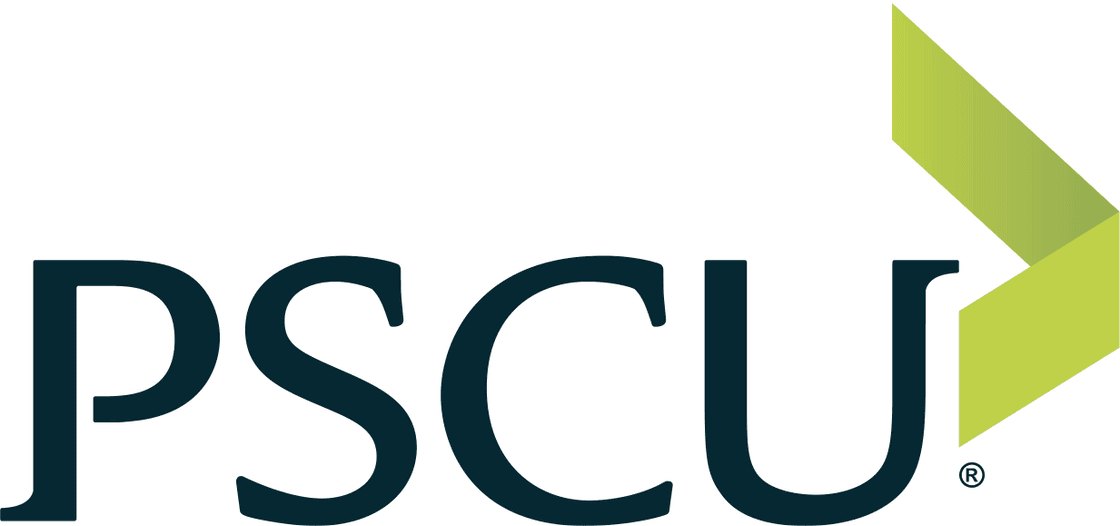Executive Summary
“They are known as ‘the silver-platter generation.’ Their degree of affluence is astonishingly high. Indifferent to monetary success, a surprisingly large number of graduates are seeking to enter service vocations...where they hope to define their own destiny. Many resent bureaucracy and bigness, and are turned off by corporate recruiters who speak of high salaries rather than the chance for creativity.”
The quote above was taken verbatim from a Time magazine cover story questioning the place of a new generation in the workplace. But the article is not about the millennials. It was published in 1968, and the graduates described are baby boomers. Apparently business leaders have always been wary of new generations’ attitudes toward work.
Pop culture conclusions about privileged and undermotivated millennials are premature. A comparative survey from the National Association of Colleges and Employers (NACE) shows that students who graduated from college in 2008 are remarkably similar to their peers from 1982.
What is the research about?
The Filene Research Institute surveyed more than 200 credit union professionals younger than 30 and gained insights into their relation-ships with their employers. Credit unions have impressed this group with their commitment to their members and communities and the collegial aspects of their workplaces. On the other hand, many of the employees surveyed complain that their pay is not competitive and that they work with outdated technology or processes
What are the credit union implications?
Among the other high-level findings:
- Management issues are the most important factors for employees when considering a new opportunity. Support for innovation, their relationship with their immediate supervisor, and the attitude of senior leaders are employees’ top priorities, in that order.
- A positive and caring work environment is the most frequently cited characteristic that sets credit unions apart positively. It was cited as a differentiator more often than credit unions’ service to members, professional opportunities, and compensation.
- Dress code, often perceived as a friction point for young employees, ranks very low on these professionals’ list of priorities.
- Non-cash compensation, including insurance and perks, is almost as important as cash compensation for young employees, although both rank relatively low. Cash compensation is sixth; non-cash compensation is seventh.
- One in three respondents (36%) feel their total compensation is similar to peers in other industries. Nearly half (44%) feel their compensation is lower or significantly lower, while only 20% perceive their compensation as being higher or significantly higher than that of their peers.
Sponsors











